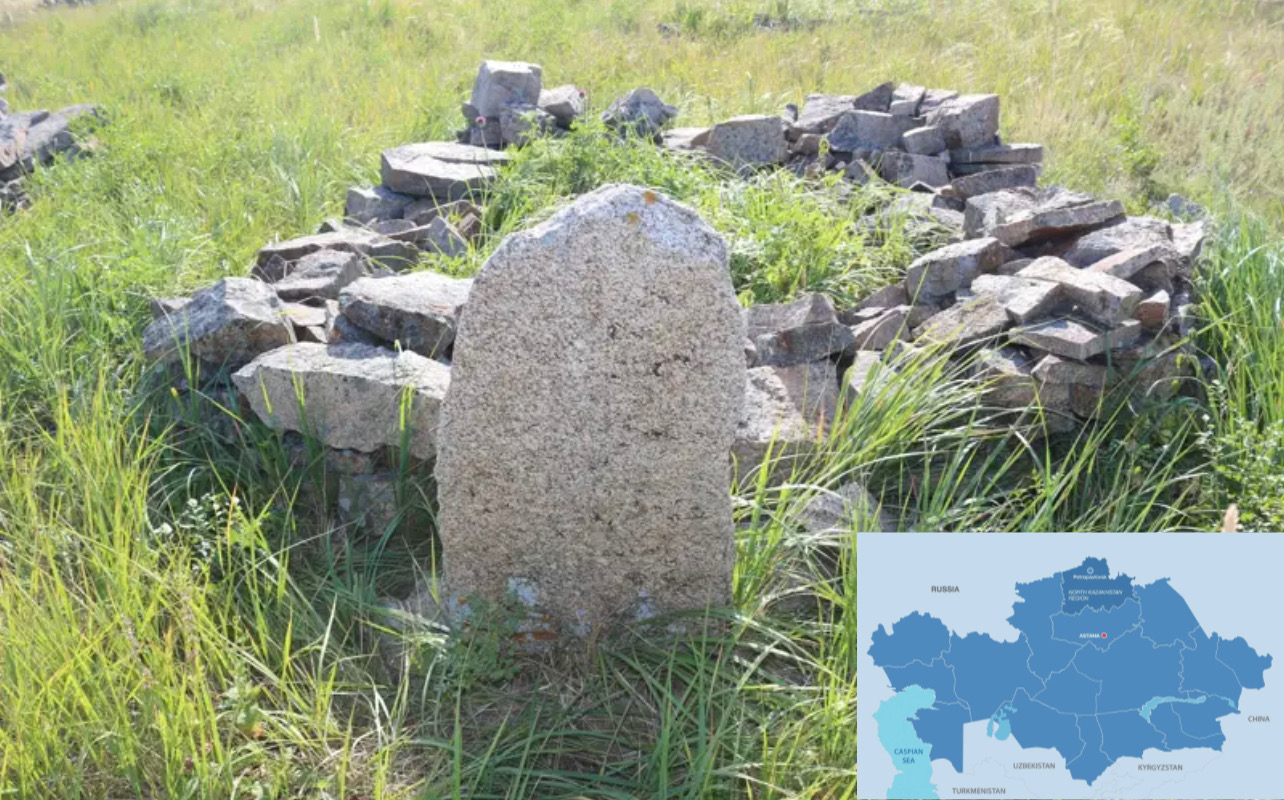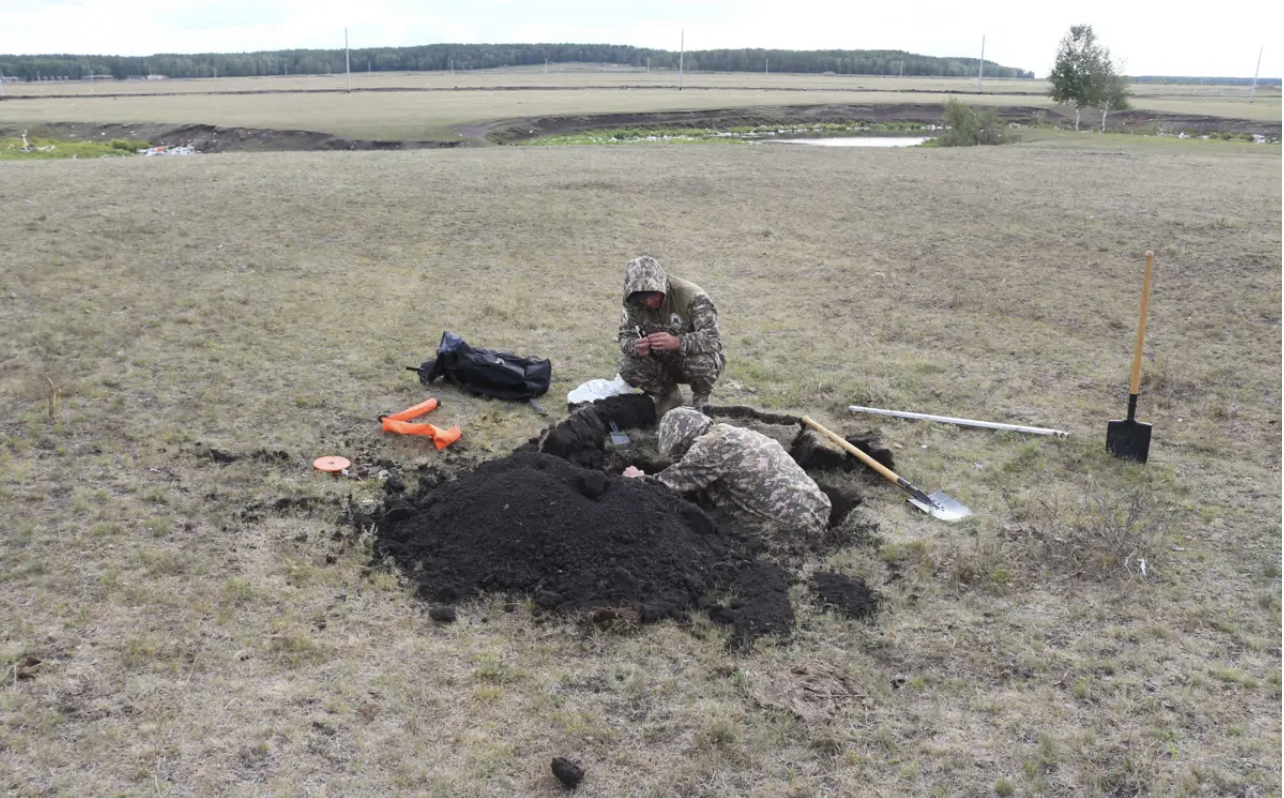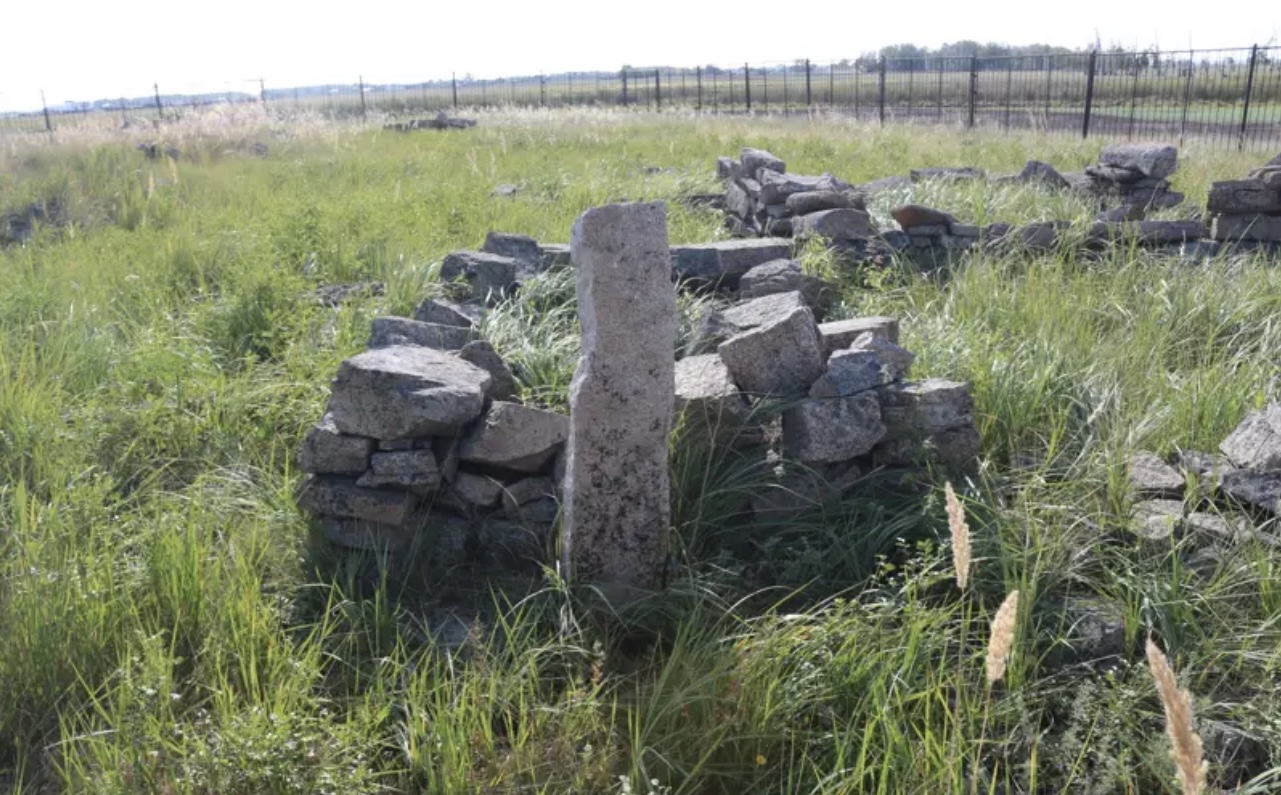ASTANA — In the quest to unravel the mysteries of the North Kazakhstan Region’s rich history, an archaeological expedition spanning seven districts has unearthed fascinating discoveries. The journey was undertaken by a team of 50 explorers in June, end of July and August, reported Kazinform.

Photo credit: Center for the Preservation and Utilization of Historical and Cultural Heritage in the North Kazakhstan Region. Click to see the map in full size. The map is designed by The Astana Times.
The team, composed of experts from the Center for the Preservation and Utilization of Historical and Cultural Heritage in the North Kazakhstan Region, the Historical and Local Lore Museum, along with professors from Kozybayev University and Alkey Margulan Institute of Archaeology, aimed to delve into the region’s history from the Stone Age to the present. This was part of the project titled Northern Kazakhstan in the Context of Cultural and Historical Processes.
One of the challenges faced by the expedition is the persistent issue of looting, driven by the misguided belief that ancient mounds, or kurgans, hold hidden treasures, particularly gold artifacts. Despite the unlikely prospect of finding precious metals in the North Kazakhstan Region, local legends continue to suggest that the gold of Kolchak, a historical figure, might be buried within these lands.

Photo credit: Center for the Preservation and Utilization of Historical and Cultural Heritage in the North Kazakhstan Region.
Despite the allure of gold, the expedition’s primary focus remains on unearthing historical and cultural treasures. In the seven districts explored, a total of 227 sites were revisited, resulting in the identification of over 200 new monuments. Notably, these include ethnographic finds such as kystau, traditional Kazakh winter dwellings, and burials dating from the late 19th to the early 20th century. The team also uncovered artifacts from the Bronze and Early Iron Ages, showcasing the region’s diverse historical timeline.
A significant highlight of the expedition was the exploration near the village of Simonovka in the Musirepov district. Excavations revealed a presumed kurgan, a dwelling, and possibly a sanctuary — all situated nearby. The findings, including ceramics and bones, await further laboratory analysis, promising to unveil more insights into the ancient civilizations that once thrived in the area.

Photo credit: Center for the Preservation and Utilization of Historical and Cultural Heritage in the North Kazakhstan Region.
Looking ahead, the team has ambitious plans for the coming year.
The focus will shift to the eastern and southeastern regions, encompassing six districts with particular attention given to the relatively unexplored Ualikhanov district. This steppe region, marking the edge of Saryarka, is characterized by small hills known as jaylau.
The expedition is scheduled to commence at the end of April or early May, depending on the weather. Despite changing climates and landscapes, the team remains confident in discovering a wealth of historically significant artifacts and further enriching the understanding of North Kazakhstan’s past.

